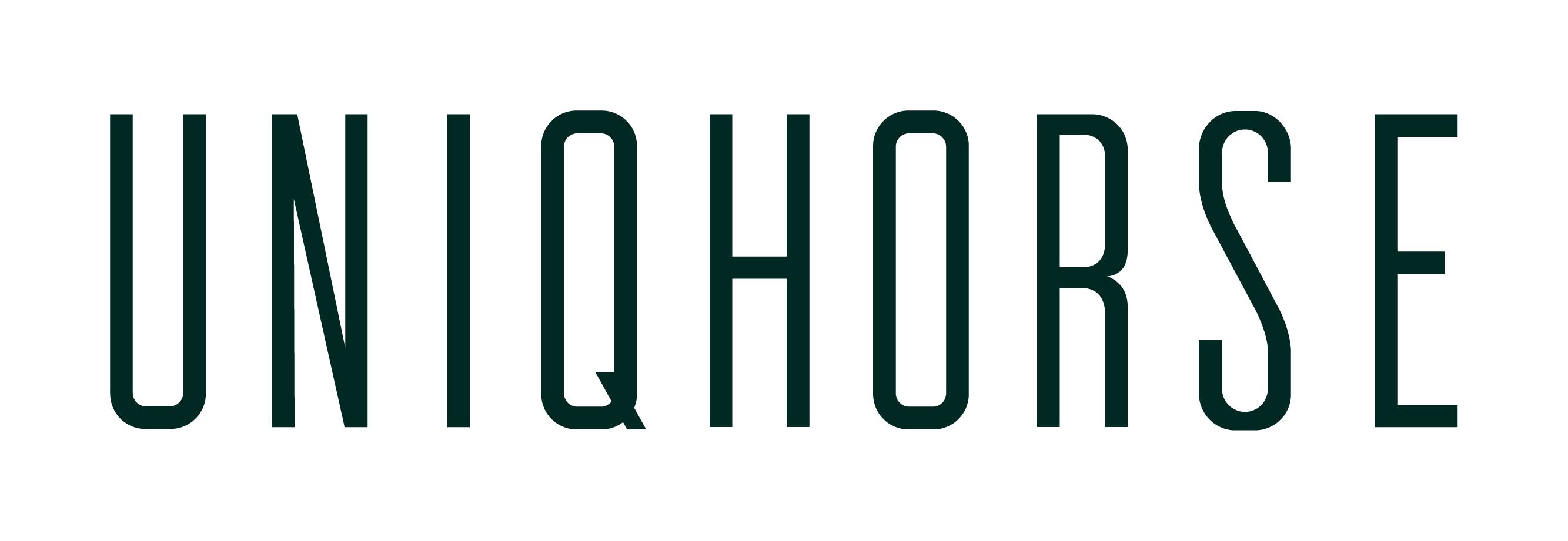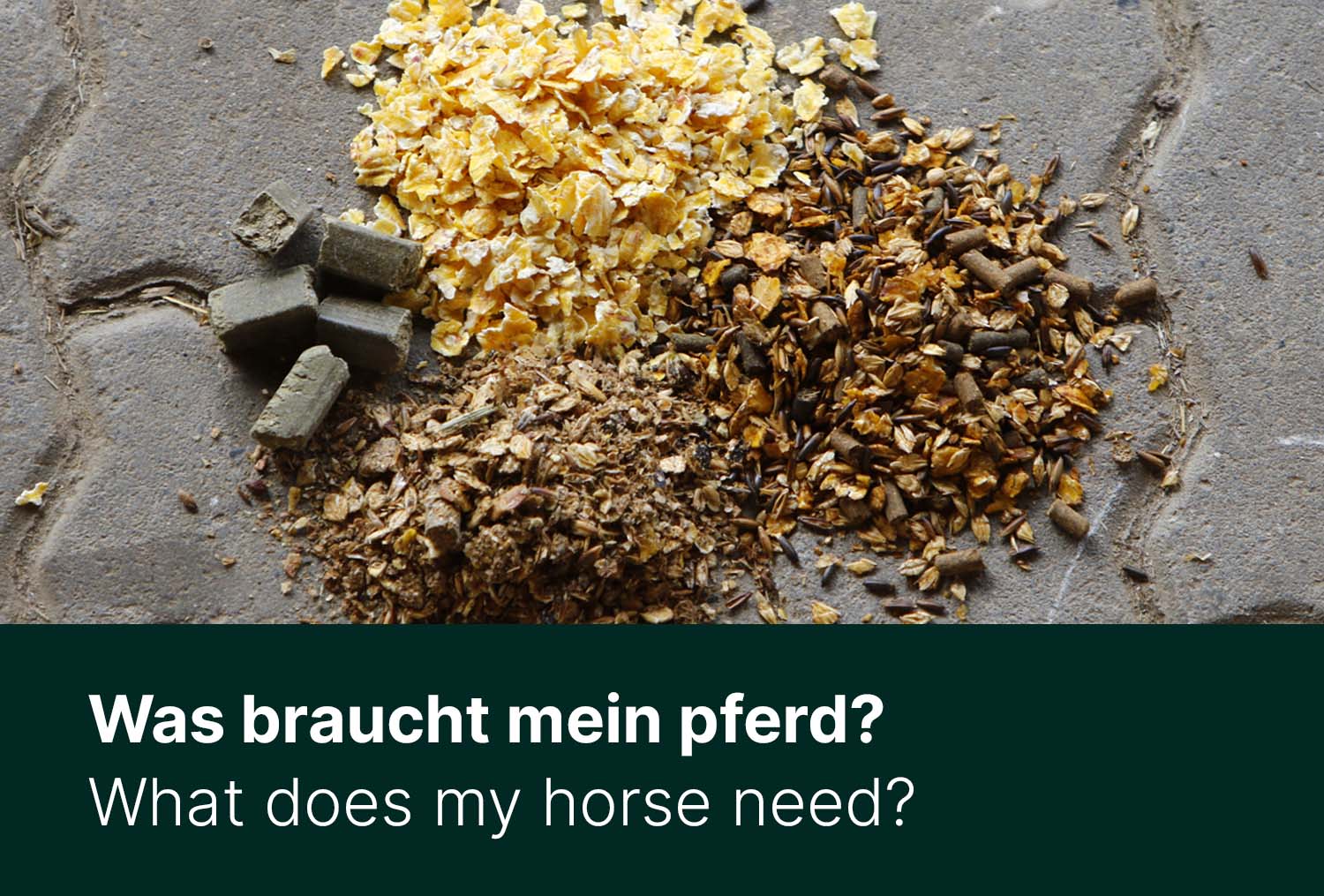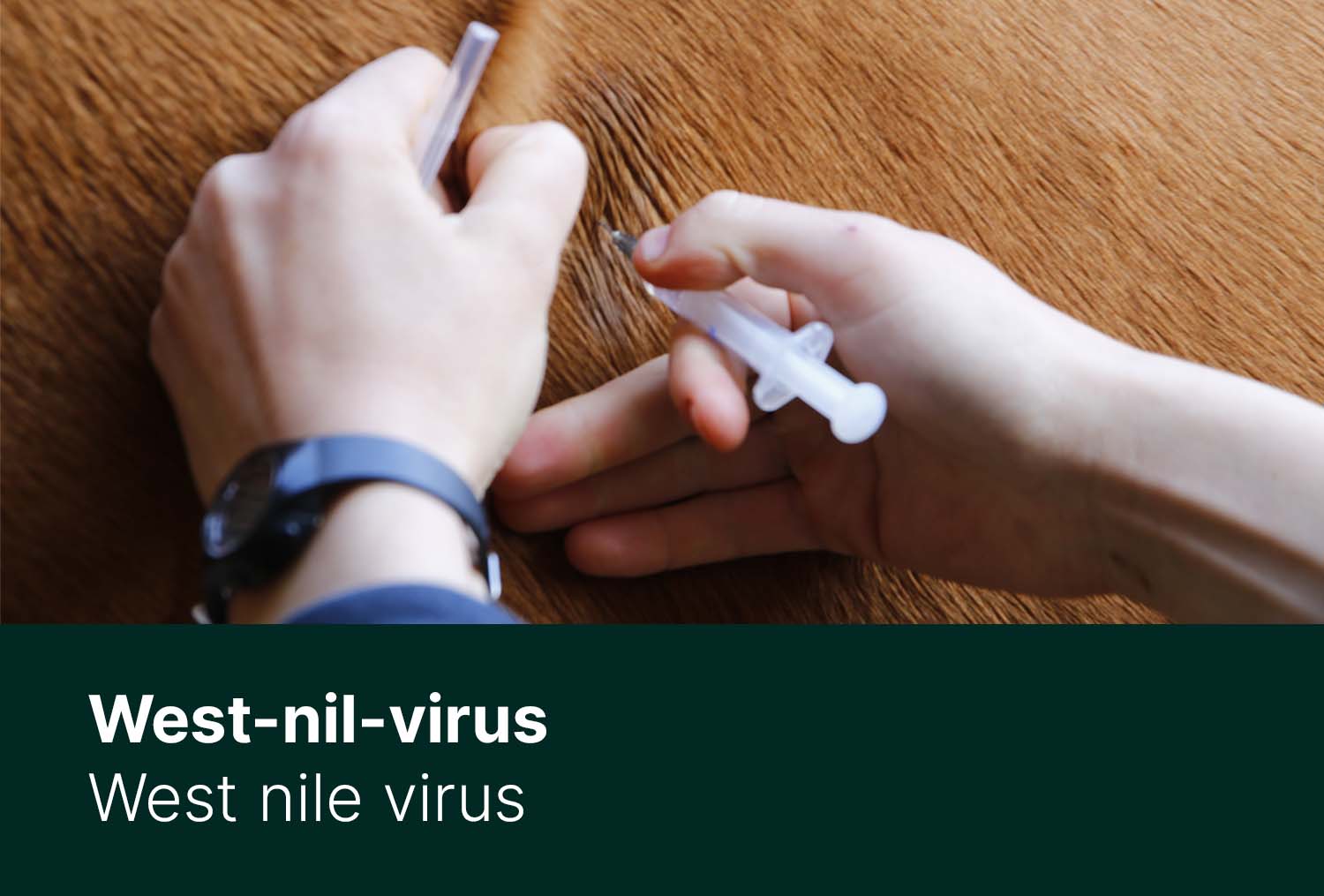Nutritionally, the steppe animal horse is designed for an almost continuous food intake, meaning an average feeding requirement of 16-18 hours per day. The horse can consume about 2.5% of dry matter in relation to body weight. In view of the shrinking pastureland, additional feeding is therefore unavoidable.
Diet Food vs. Complementary Food
In addition to classic feed such as oats and maize, the market offers compound feed such as mueslis and supplementary feed. Due to the increased awareness of horse feeding and health maintenance, supplementary feeds are experiencing a real high: There is a corresponding supplementary feed for seemingly every problem - but therein lies the problem: Often, too much is fed and many feeds have not been scientifically investigated at all. Feeds with an actual health aspect are called dietetic feeds. This means a distinction is made between diet feed and supplementary feed. Dietetic feeds include feeds for specific nutritional purposes that have a positive effect on horses in a disease state.



Caution of Over Feeding
Most compound feeds are already vitaminized and mineralized compared to feed materials, but each manufacturer aims for a different feeding concept. The combination of feed from different manufacturers can therefore quickly lead to an oversupply. Although all feed manufacturers are subject to strict requirements and controls, the ingredients should still be analysed in detail and the amount of feed should be weighed. The same applies to supplements for the skin, muscles or hooves. The compositions often differ greatly, which means that maximum quantities can easily be exceeded. Many minerals can influence each other in their mode of action and even prove to be harmful to health. Any excess puts a strain on organs such as the liver and kidneys. An excess of calcium, for example, has a detrimental effect on zinc utilization in the body.
Rations Calculation




Body Condition Score
Back to the Roots
It is a tiresome topic in many stables: the hay. The quality of hay has deteriorated in recent years, mould concentrations are increasing, the protein content is decreasing and often too little is being fed. If you have an uneasy feeling about the quality, you can have the hay examined by means of nutrient analysis. On this basis, the ration can be calculated accordingly and sensibly supplemented with supplementary feed. You can find out whether the hay corresponds to the quality you want for your horse. The horse already receives most of its nutrients when it is kept in a species-appropriate manner: with access to pasture grass, light, air, exercise and roughage. Only if the basics are right, a horse can stay healthy.


In Review
Minerals are divided into trace elements and bulk elements, which can be traced to the needs of the horse.
Bulk elements
- Calcium: building block of the bone structure, involvement in energy metabolism
- Phosphorus: building block of the bone structure
- Magnesium: crucial for enzymes in muscle and nerve tissue
- Sodium: regulation of acid, base and water balance
- Chlorine: regulation of acid, base and water balance
Trace elements
- Iron: formation of hemoglobin, important for oxygen transport
- Copper: blood production, maintenance of connective tissue function, crucial for bone and cartilage development as well as nerve tissue
- Zinc: component of enzymes in carbohydrate and protein metabolism, crucial for skin and hair metabolism
- Manganese: important factor in enzymes for mineral and fat metabolism
- Cobalt: central atom of vitamin B-12
- Iodine: component of thyroid hormone
- Selenium: Protection of the cell membrane, especially the muscles, oversupply can lead to serious disorders
Vitamins play an important role in many metabolic processes. Deficiency symptoms can manifest themselves in very different ways. Some vitamins, such as the water-soluble B vitamins, vitamin K and vitamin C, can be produced by the horse itself and do not have to be supplied from outside.
Vitamins
- Vitamin A: protection of the skin and mucous membranes, positive effect on vision and fertility
- Vitamin D: promotes the absorption and storage of calcium
- Vitamin E: protection of cells
- Vitamin K: blood clotting factor
- Vitamin B1: carbohydrate metabolism
- Vitamin B2: a component of enzymes
- Vitamin B12: Enzyme effect
- Biotin: important for skin, hooves and hair
- Folic acid: metabolism of carbon






The Right Saddle Girth